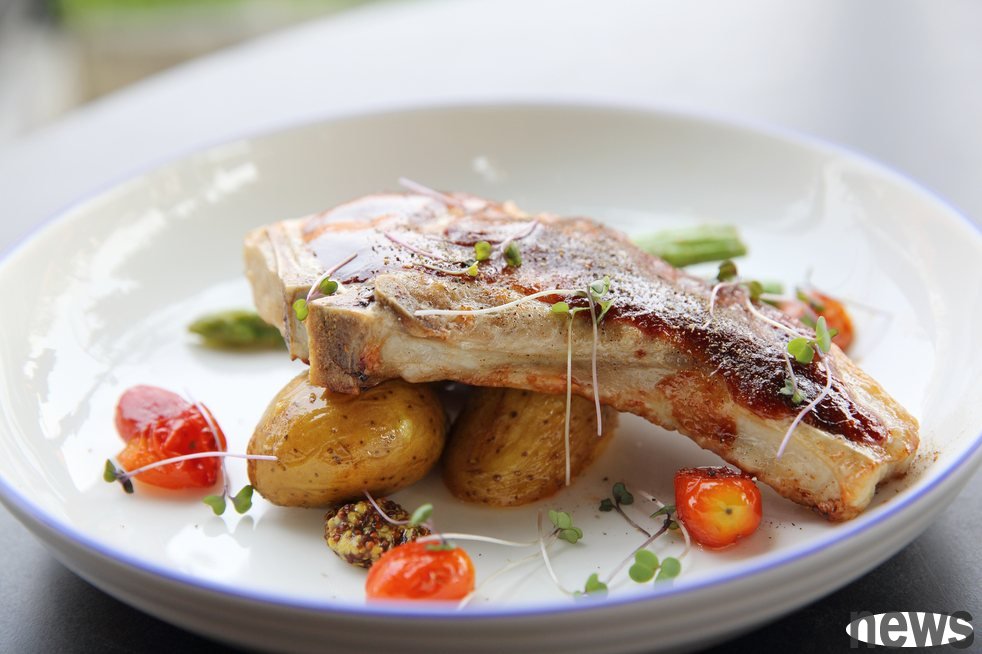
It is unanimously recognized that pork chops are one of the most difficult proteins to cook at home. The most common problem when cooking pork chops at home is that the resulting pork chops are dry and hard, which is a torture to eat. The cause of dry and hard pork chops: overcooking.
Pork chops have become a feared problem in the kitchen because we have been taught the concept that "pink 'white meat' is unsafe." This may be true when it comes to chicken, but it is not the case with pork.
The Right Temperature"A lot of people still believe that pork chops need to be cooked until they are as tough as the sole of a shoe," says Ontario butcher, chef and all-around meat expert Jo Lusted. Lusted joked; In the past, meat was required to be cooked to about 71 degrees Celsius, but now, many people still follow this old-school method.
Lusted explained that according to guidelines issued by the United States Department of Agriculture (USDA) in 2011, the latest recommendation is to cook "a whole piece of pork, such as a pork chop, to about 62 degrees Celsius, then cover and let sit for about five minutes to allow the juices to evenly distribute."
The butcher teaches you how to cook pork chopsIn addition to the correct cooking temperature, another key to delicious pork chops lies in the part of the pork. Lusted prefers "fat and juicy ribs, cut into one and a half inches thick like beef ribs, with a thick layer of fat on top."
More specifically, Lusted believes that the three or four cuts of pork near the shoulder blades of the pork loin are "exceptionally delicious" because this part contains more dark meat and fat, and the flavor is richer and mellower. The following are the steps for cooking pork chops in Lusted:
1. Thaw the pork chops to room temperature about 30 minutes before thawing. This will help prevent overcooking and give the meat a better golden crust when grilled. 2. Simply season the pork chops with "an appropriate amount of salt and coarsely ground black pepper"; you can add sauce or spices later. 3. Fry the pork chops with avocado oil in a hot pan until golden brown on both sides, then "stand the pork chops upright in the pan with the fat side down and grill the edges until golden brown and crispy." 4. After applying the sauce and frying, drain off excess oil, then add butter, whole cloves of garlic, and fresh rosemary and thyme; spread the melted butter full of spices onto the pork chops until the butter melts and reaches the right temperature. 5. Use the thermometer to remove the meat from the heat and insert the thermometer into the thickest part of the steak, close to but not touching the bone; it is done when the temperature reaches 145 degrees Fahrenheit. If the steak is thin, insert the thermometer from the side for a more accurate reading. 6. Let the steak rest for a while, cover it with a lid, and let the steak rest for five minutes; this will allow the muscle fibers to relax and the juice to redistribute; this step is essential if you want to make tender and juicy steak.